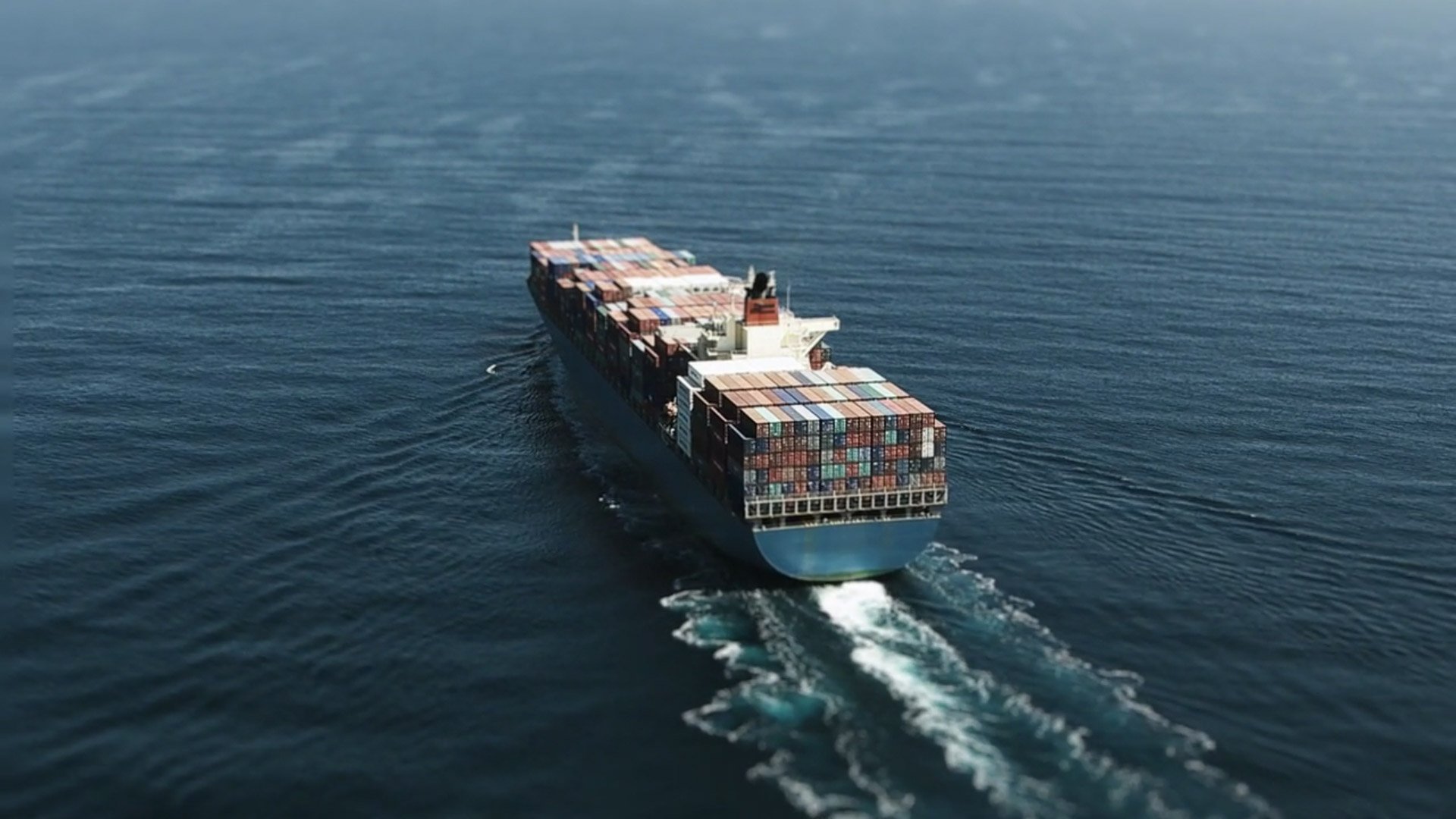Europe’s air freight forwarding industry sees pronounced changes between its summer and winter seasons. These variations are driven by factors like consumer behaviors, tourism, and the particular commodities in demand during each period. Summer Demand: The Flourishing...
Europe’s air freight forwarding industry sees pronounced changes between its summer and winter seasons. These variations are driven by factors like consumer behaviors, tourism, and the particular commodities in demand during each period.

Summer Demand: The Flourishing of Perishables
During the warmer months of summer, spanning from June to August, Europe sees a significant spike in the transportation of perishable goods. Warm temperatures stimulate the demand for fresh fruits, vegetables, and seafood. Mediterranean countries, for instance, ramp up the export of their prime produce, including Spanish oranges, Greek olives, and Italian grapes.
Additionally, summer sees a surge in certain specific agricultural produce. Berries from Nordic countries, wines from the vineyards of France and Italy, and fresh cheeses from France and Switzerland become particularly popular. These products often enjoyed during typical summer outings, picnics, and barbecues, require swift and efficient air freight solutions to ensure their freshness and timely delivery.
Additionally, the summer season coincides with peak tourism. Famed European destinations recognized for their beaches, history, and cultural events attract scores of tourists. This influx isn’t just a boost for local consumption. Tourists often want to take a piece of their vacation home, whether it is a culinary delight or a specialty product.
The Chill of Winter: Decreased Shipments and Added Challenges
During the winter season, there is a clear change in the dynamics of air freight in Europe. As temperatures drop, a decline in shipments related to warm-weather industries becomes evident. For instance, goods related to tourism, outdoor recreation equipment, summer fashion, and certain automotive parts for summer vehicles see a reduction in transportation.
Consumer behavior post-holiday season also impacts the air freight industry in Europe. After the spending highs of the festive period, there is a lull in purchases and a reduced demand for luxury goods, tech products, and non-essential items. Examples of items that see a slowdown include decorative home accessories, seasonal décor, and hobby-related kits.
The agricultural sector also experiences a decline in the sheer volume of goods being transported. European farms slow down during the colder months, resulting in a dip in the production of certain fresh produce. However, even during winter, there is a consistent export of commodities like olives from Mediterranean regions, truffles from countries like France and Italy, and greenhouse-grown tomatoes and cucumbers from the Netherlands. Additionally, citrus fruits, particularly oranges, lemons, and mandarins, sourced from Spain and Italy, become primary exports during these months, given their winter harvesting period.
Furthermore, the winter environment requires special attention to the nature of the goods being transported. Certain products, especially pharmaceuticals, cosmetics, or specialty chemicals, might be sensitive to freezing temperatures. To combat this, freight forwarders must either invest in specialized transportation and temperature-controlled cargo spaces or deploy additional protective measures like thermal blankets or heated storage on the ground. These interventions, essential for maintaining the quality and integrity of goods, inevitably lead to increased operational costs during the colder months.
The post Analyzing Seasonal Variations in Air Freight Forwarding in Europe appeared first on International Forwarding Association Blog.













